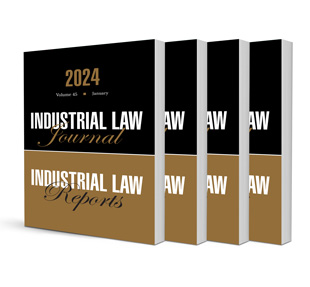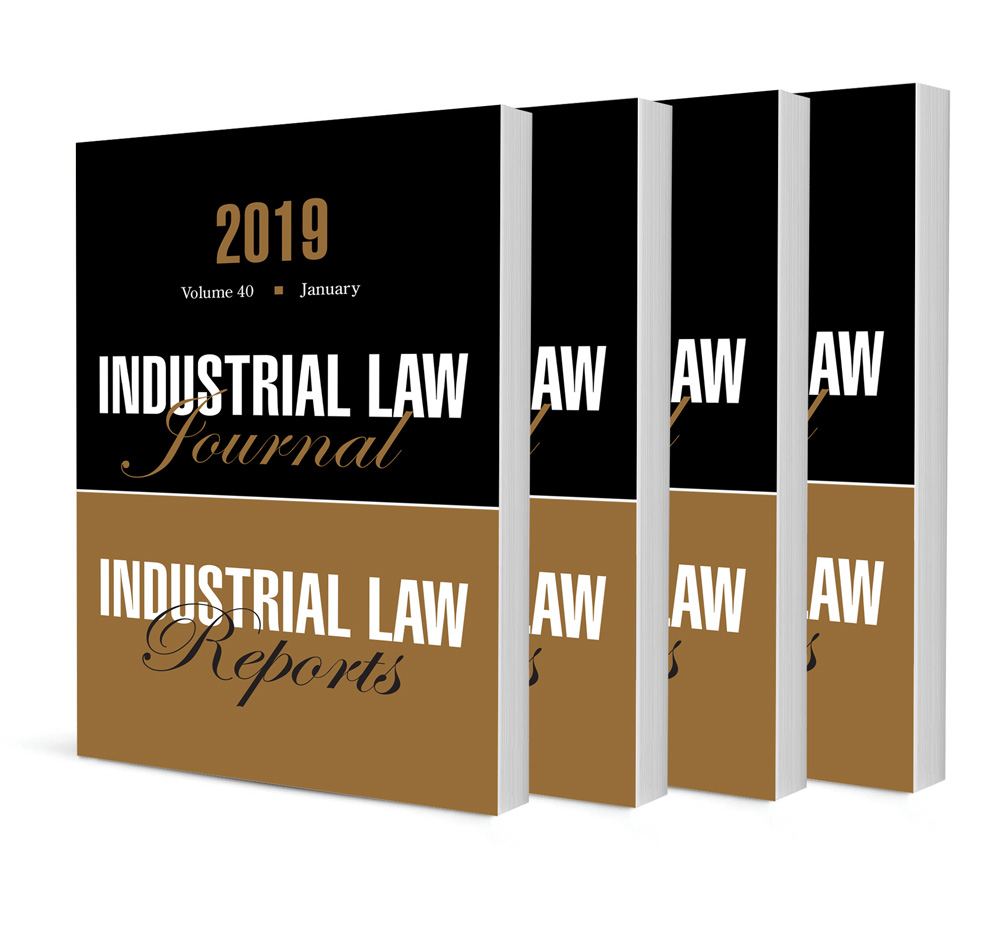Rethinking Fair Processes for Dealing with Poor Conduct in the Workplace

Rethinking Fair Processes for Dealing with Poor Conduct in the Workplace
Authors Chris Todd & Nikita Reddy
ISSN: 2413-9874
Affiliations: Partner, Bowmans; Business Partner, Ninety One, formerly Senior Associate, Bowmans
Source: Industrial Law Journal, Volume 45 Issue 2, 2024, p. 720 – 738
https://doi.org/10.47348/ILJ/v45/i2a3
Abstract
Nearly three decades after the legislature enacted the 1995 Labour Relations Act with its accompanying Code of Good Practice: Dismissal, and two decades after the Labour Court made it clear, in Avril Elizabeth, that a formal enquiry is not a necessary element of fair procedure before dismissal, formal adversarial criminal justice style disciplinary processes continue to be regarded as the norm in many workplaces.
This article explores why this is so. It considers whether formal adversarial processes are fairer to employees than informal ones (it concludes that they are not). It identifies challenges with formal processes in the workplace against criteria of efficiency, authority and fairness, and revisits the basic purpose of workplace discipline and the principles that apply.
Finally it puts forward some practical suggestions on an inquisitorial investigation process for dealing with workplace discipline that the authors believe is more appropriate and fair (to both employers and employees) and is better suited to most modern workplaces. It concludes that less formal investigation and decision-making processes of this kind are more efficient for employers, preserve workplace relations, and are ultimately better for employees than their adversarial counterparts.
